Imagine standing on the edge of a vast, silent chasm, the air crisp with the scent of ancient stone and desert sage. This isn’t just a hike or a photo opportunity—it’s a moment of profound stillness, a chance to reconnect through what many now call American canyon meditation. Across the United States, people are turning to these natural cathedrals not just for their beauty, but for their power to quiet the mind and restore the spirit. From the towering walls of the Grand Canyon to lesser-known gorges tucked away in remote corners, these landscapes offer a unique backdrop for mindfulness. They remind us of our smallness in the grand sweep of time, a humbling perspective that can shift how we carry stress. This isn’t a new trend, but a rediscovery of something timeless. Let’s explore seven sacred canyons where Americans can find peace through meditation.
1. Grand Canyon, Arizona: A Monument to Stillness

The Grand Canyon needs little introduction. Its sheer scale—277 miles long, up to 18 miles wide, and over a mile deep—stops you in your tracks. But beyond the awe, it’s a prime spot for American canyon meditation. Early morning at the South Rim, when the crowds are thin and the light paints the rock layers in soft golds, offers a natural altar for reflection. Studies, like those summarized by the National Park Service, note the psychological benefits of such vast, open spaces—reduced anxiety, a sense of perspective. Sit cross-legged on a quiet overlook like Yavapai Point. Focus on the distant hum of the Colorado River. Let the enormity sink in. One visitor described it as “feeling the weight of a thousand years lift off my shoulders.” It’s not just scenery; it’s a reset.
2. Zion Canyon, Utah: Embracing the Vertical Sanctuary
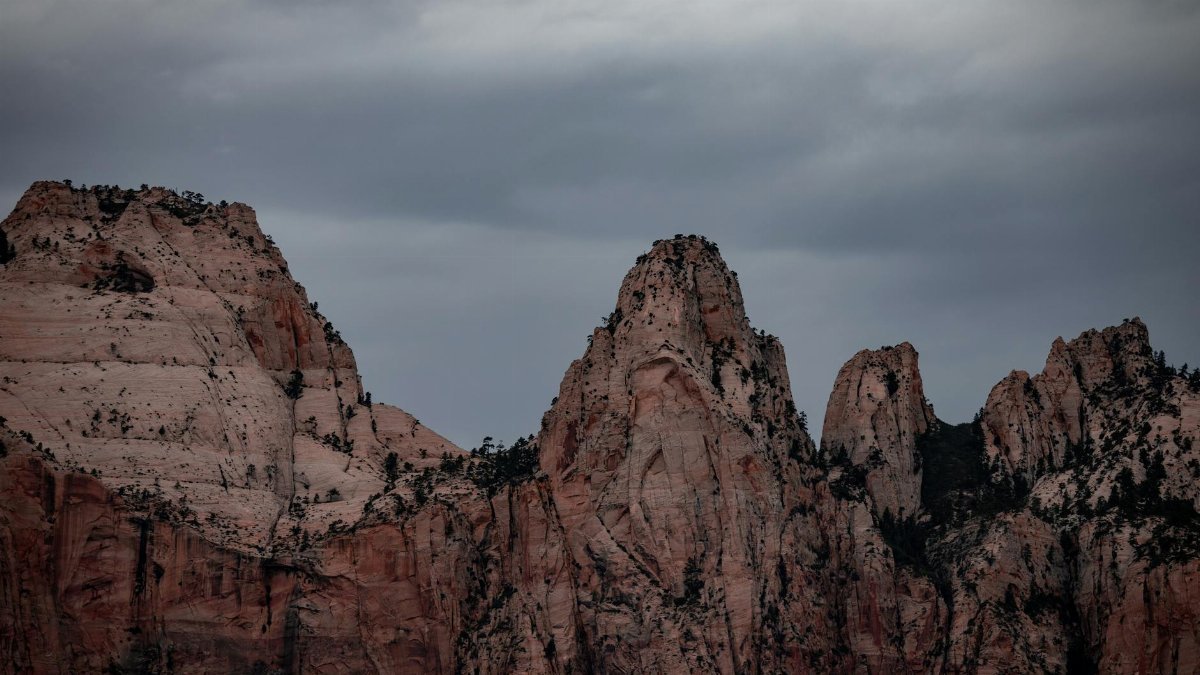
In Zion National Park, the canyon walls rise like ancient guardians, some towering over 3,000 feet. The narrow slot canyons, like the iconic Narrows, create an intimate space for meditation despite their grandeur. Water trickles over smoothed stones, a natural soundtrack as you settle into mindfulness. The park’s data, supported by research from Zion National Park, highlights how such environments lower cortisol levels, a stress hormone. Find a secluded spot near the Virgin River. Close your eyes. Breathe in the cool, damp air. The verticality of Zion forces your focus upward, away from daily clutter. It’s a physical and mental shift, a reminder to let go of what you can’t control.
3. Black Canyon of the Gunnison, Colorado: Depth Over Width
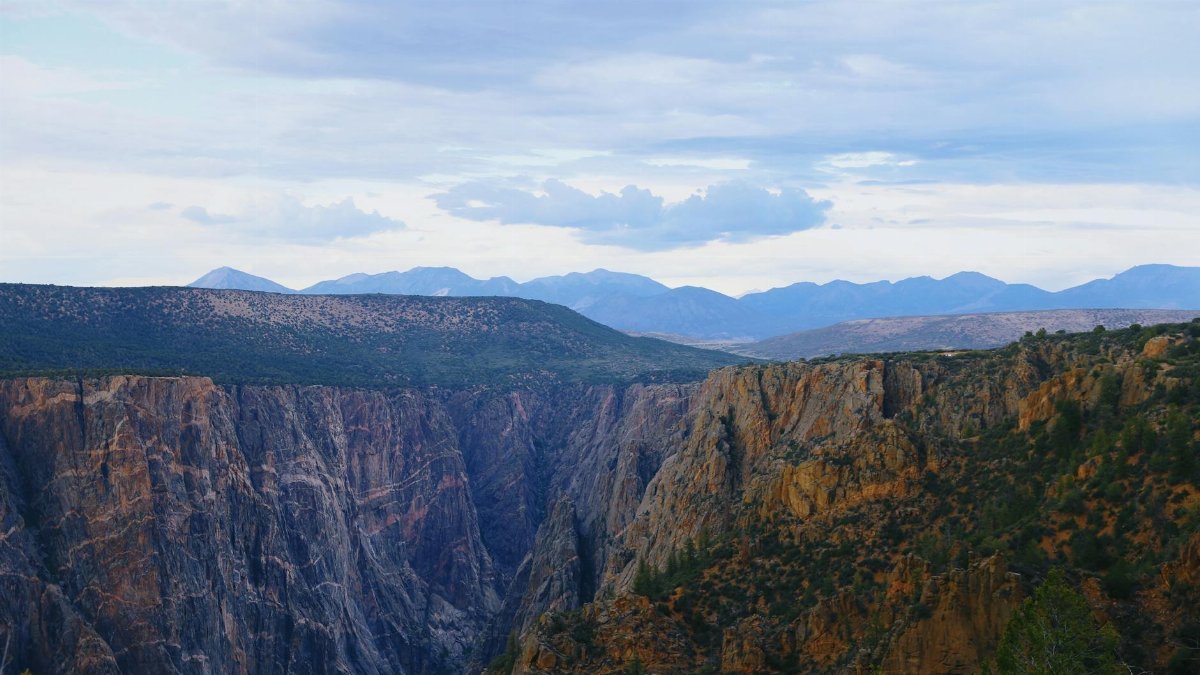
Less famous than its peers, Black Canyon of the Gunnison in Colorado offers a raw, untamed beauty. Its walls plunge 2,722 feet at the deepest point, creating a shadowed, almost otherworldly atmosphere. This isn’t a place for casual sightseeing—it demands presence. American canyon meditation here feels like descending into the earth’s core, both literally and figuratively. The National Park Service, through resources like Black Canyon NPS, emphasizes the restorative quiet of such remote locations. Park at a viewpoint like Painted Wall. Listen to the wind carve through the rock. The isolation strips away distractions, leaving room for introspection. One hiker recalled sitting there, feeling “as if the canyon swallowed my worries whole.” It’s a stark, powerful place to reconnect.
4. Antelope Canyon, Arizona: Light as a Guide
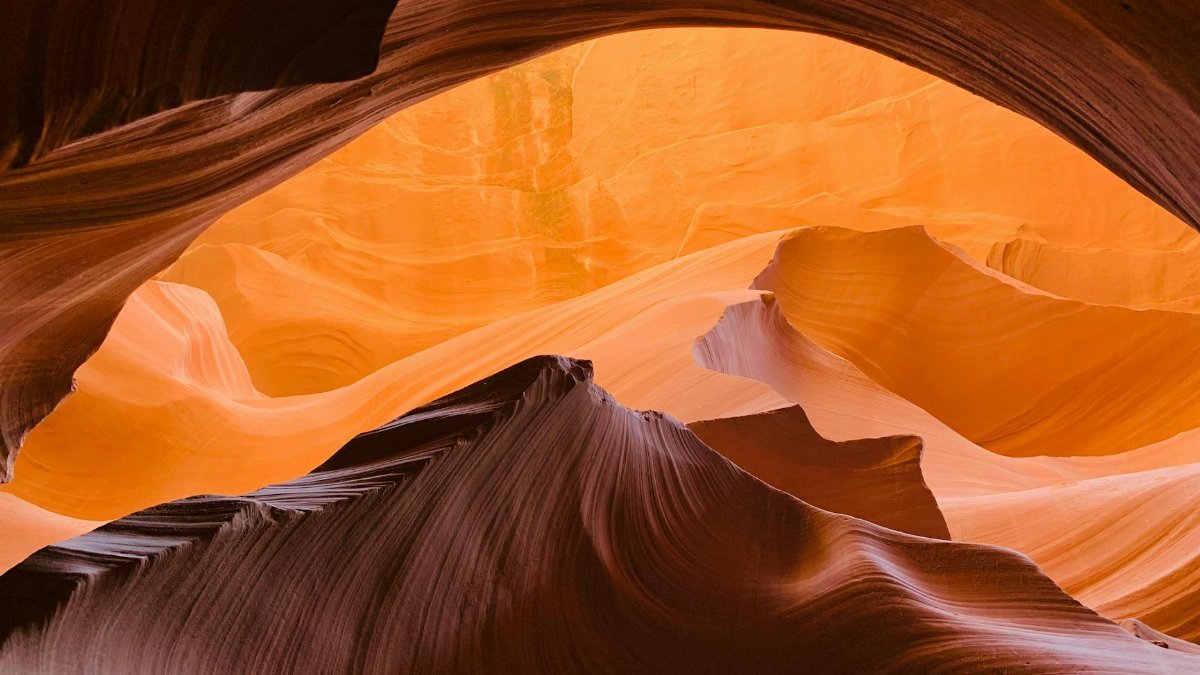
Antelope Canyon, near Page, Arizona, is a slot canyon famous for beams of sunlight piercing through curved sandstone walls. It’s a visual poem, but also a deeply spiritual space for many Navajo who manage the land. Meditating here, especially in the quieter Upper Antelope section, feels like stepping into a sacred chamber. The play of light and shadow mirrors the ebb and flow of thought. Research from institutions like National Institutes of Health shows how natural light patterns can soothe the nervous system. Sit in a shaded nook as the light shifts overhead. Focus on your breath. The canyon’s curves seem to cradle you, a gentle nudge toward calm. It’s a reminder that peace often hides in fleeting moments.
5. Bryce Canyon, Utah: Meditating Among Hoodoos
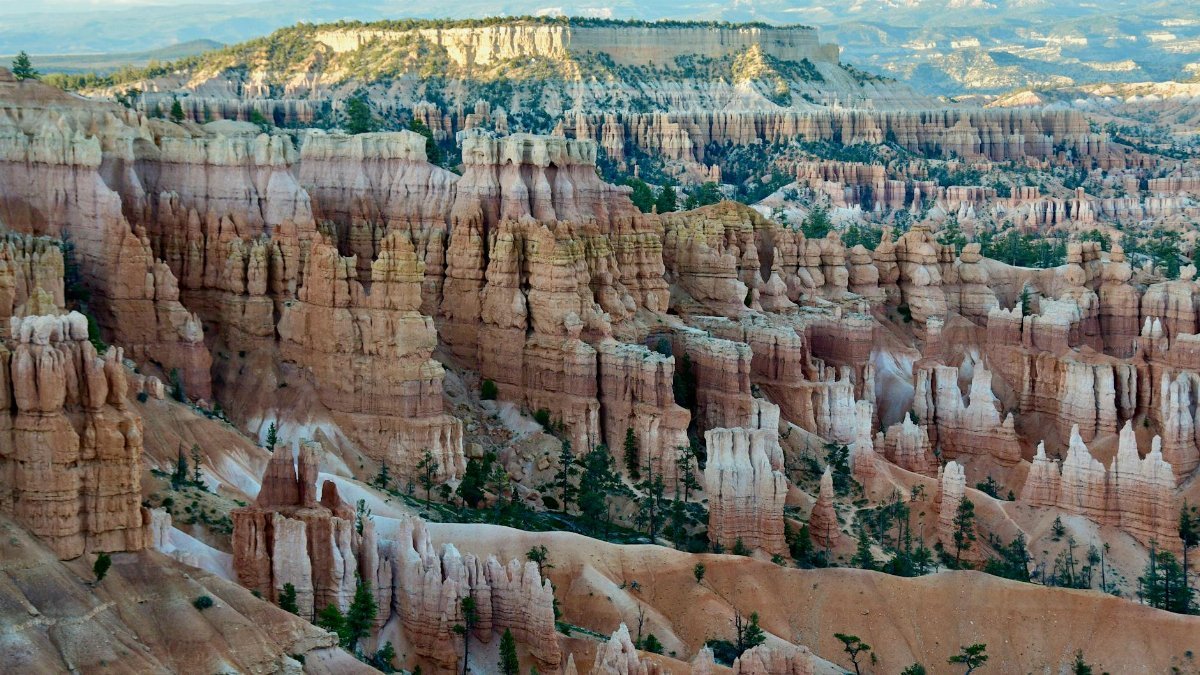
Bryce Canyon isn’t a true canyon but an amphitheater of surreal rock spires called hoodoos. Yet its otherworldly landscape makes it a standout for American canyon meditation. At sunrise, from a spot like Inspiration Point, the orange and pink formations glow as if lit from within. The silence is profound, broken only by the occasional raven’s call. Studies on nature’s impact, accessible via Bryce Canyon NPS, underline how unique geological features can enhance mindfulness by engaging multiple senses. Settle on a bench or a flat rock. Watch the shadows stretch. The hoodoos stand like silent sentinels, inviting you to mirror their stillness. It’s a place that doesn’t just inspire awe—it demands you slow down and feel it.
6. Palo Duro Canyon, Texas: The Lone Star’s Hidden Gem
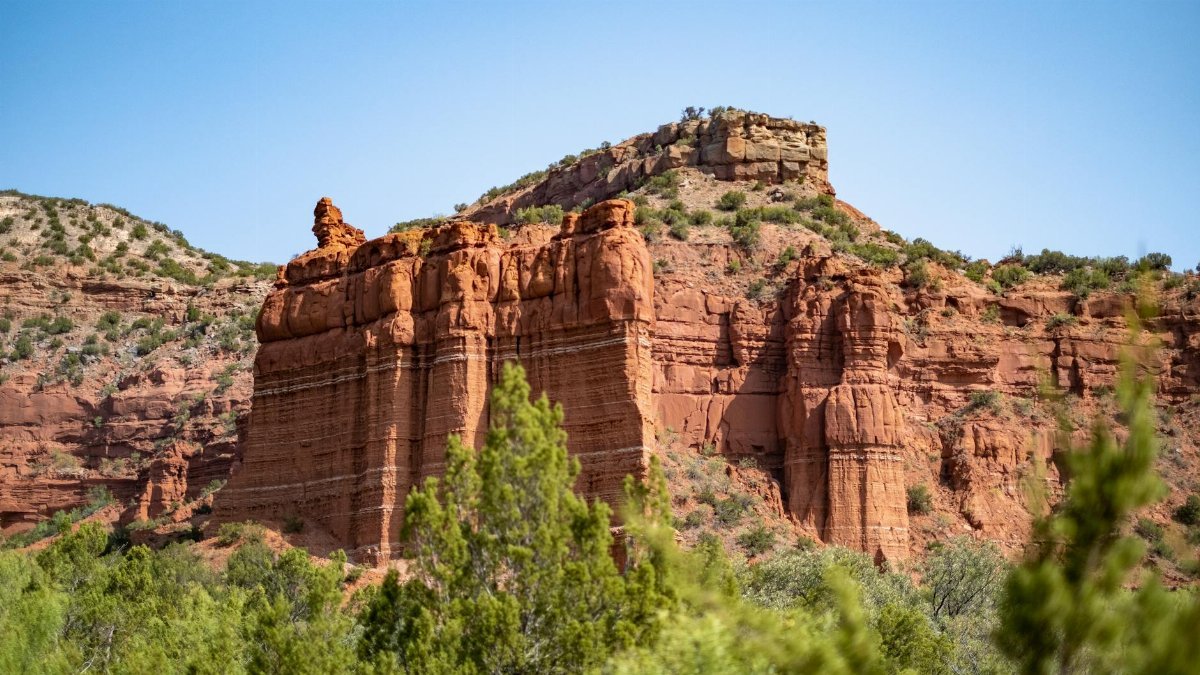
Often called the “Grand Canyon of Texas,” Palo Duro Canyon stretches across the Panhandle with vibrant red cliffs and sprawling vistas. It’s less crowded than its Arizona counterpart, offering solitude for meditation. The history here—once home to Native American tribes—adds a layer of reverence. Find a spot along the canyon floor, near the Prairie Dog Town Fork of the Red River. The vastness feels grounding, not overwhelming. Research into nature-based therapy, often cited by Texas Parks and Wildlife, supports the calming effect of such open, arid spaces. As the wind hums through mesquite trees, let your thoughts settle. A local once shared online feeling “rooted to the land, like I’d been there forever.” Palo Duro offers a quiet strength, a place to anchor yourself.
7. Waimea Canyon, Hawaii: The Pacific’s Peaceful Abyss
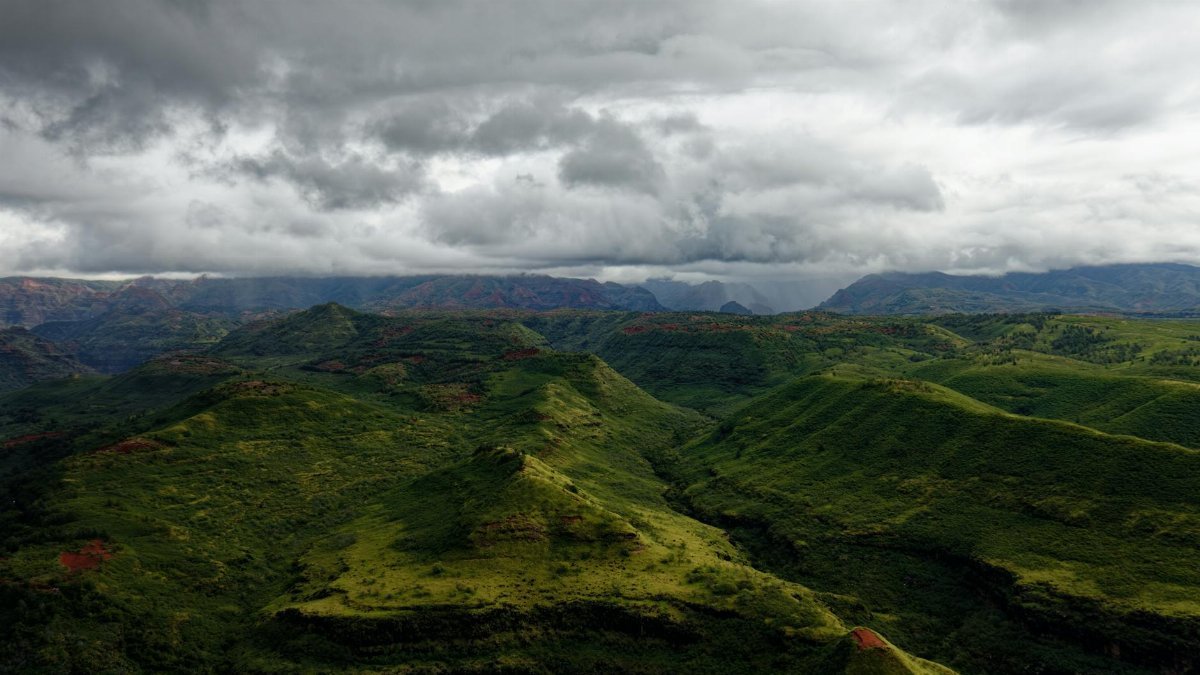
Known as the “Grand Canyon of the Pacific,” Waimea Canyon on Kauai is a tropical contrast to the desert canyons of the mainland. Its lush green walls, streaked with red earth and often veiled in mist, create a serene, almost mystical setting. Meditating here, especially at a lookout like Waimea Canyon State Park, feels like floating above the world. The sound of distant waterfalls adds a rhythmic calm. Data from Hawaii State Parks highlights how tropical environments can reduce stress markers. Sit on a safe ledge, eyes tracing the canyon’s contours. The humidity, the birdsong, the vibrant life around you—it all weaves into a meditation that feels alive. Waimea teaches that peace can be lush, not just stark.
These seven canyons, scattered across the American landscape, offer more than scenic views. They are sanctuaries for American canyon meditation, places where the earth itself seems to guide you inward. Each has its own character—some vast and humbling, others intimate and enveloping. But they share a common gift: the ability to quiet the noise of modern life. In 2025, as stress continues to define so much of our daily grind, these natural havens feel more vital than ever. They remind us that mindfulness doesn’t require a studio or an app. Sometimes, it’s just a matter of finding the right cliff to sit on, the right vista to lose yourself in. So, pack a water bottle, lace up sturdy shoes, and seek out one of these sacred spaces. The canyons are waiting.
